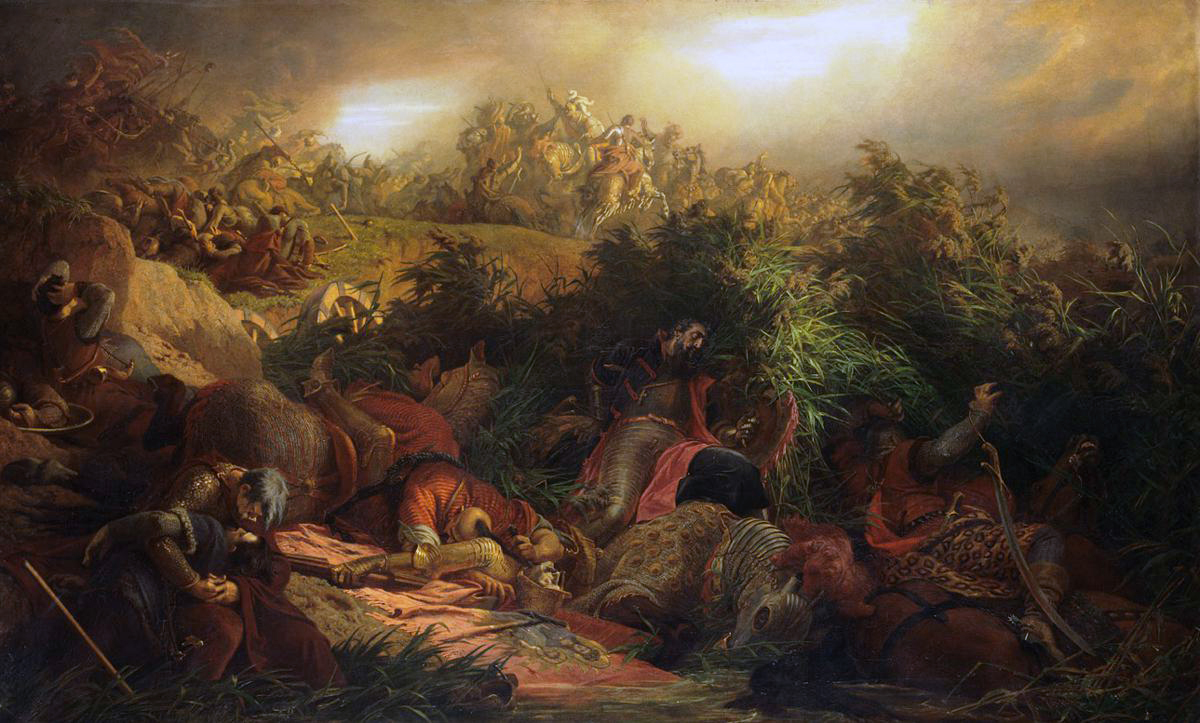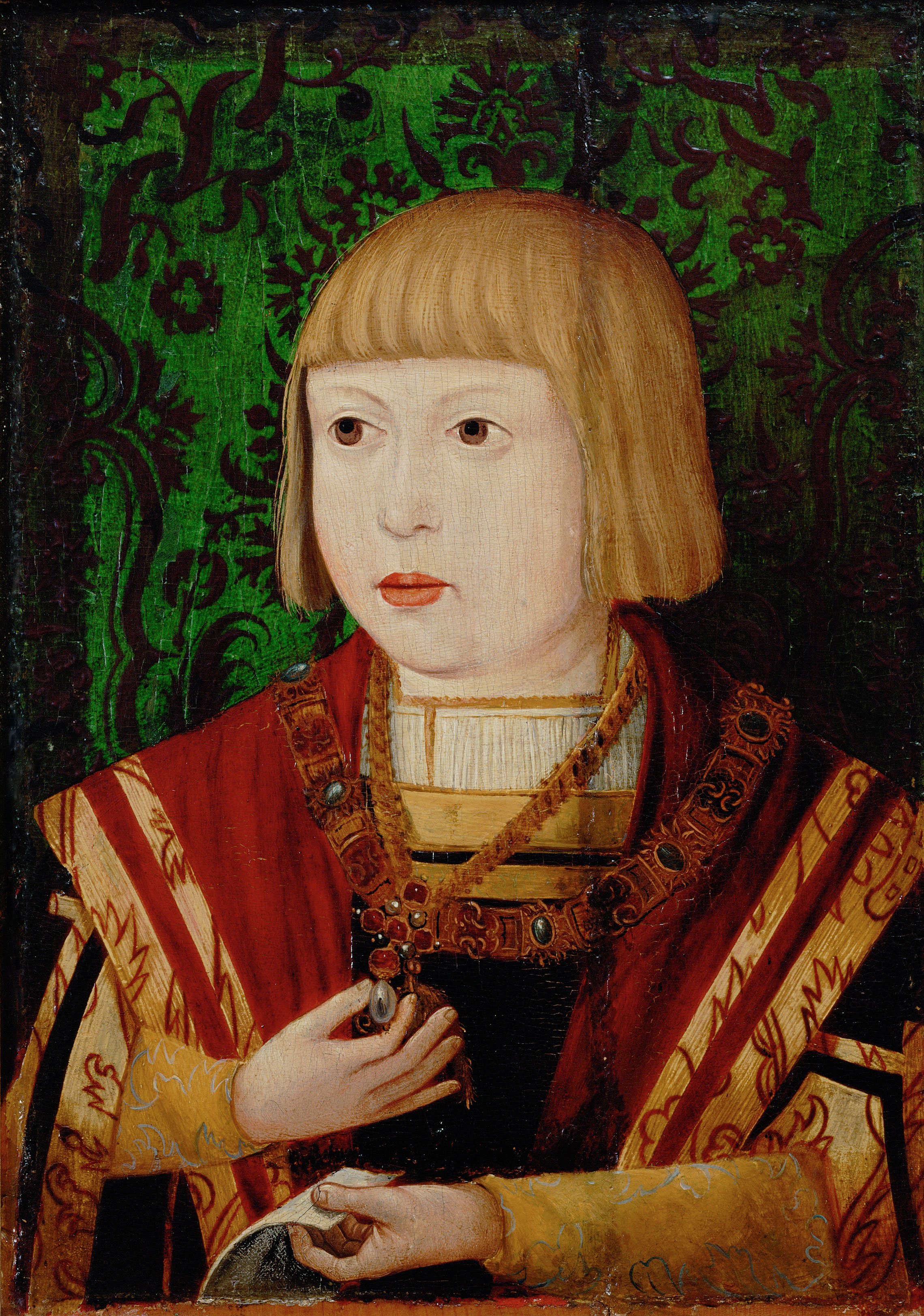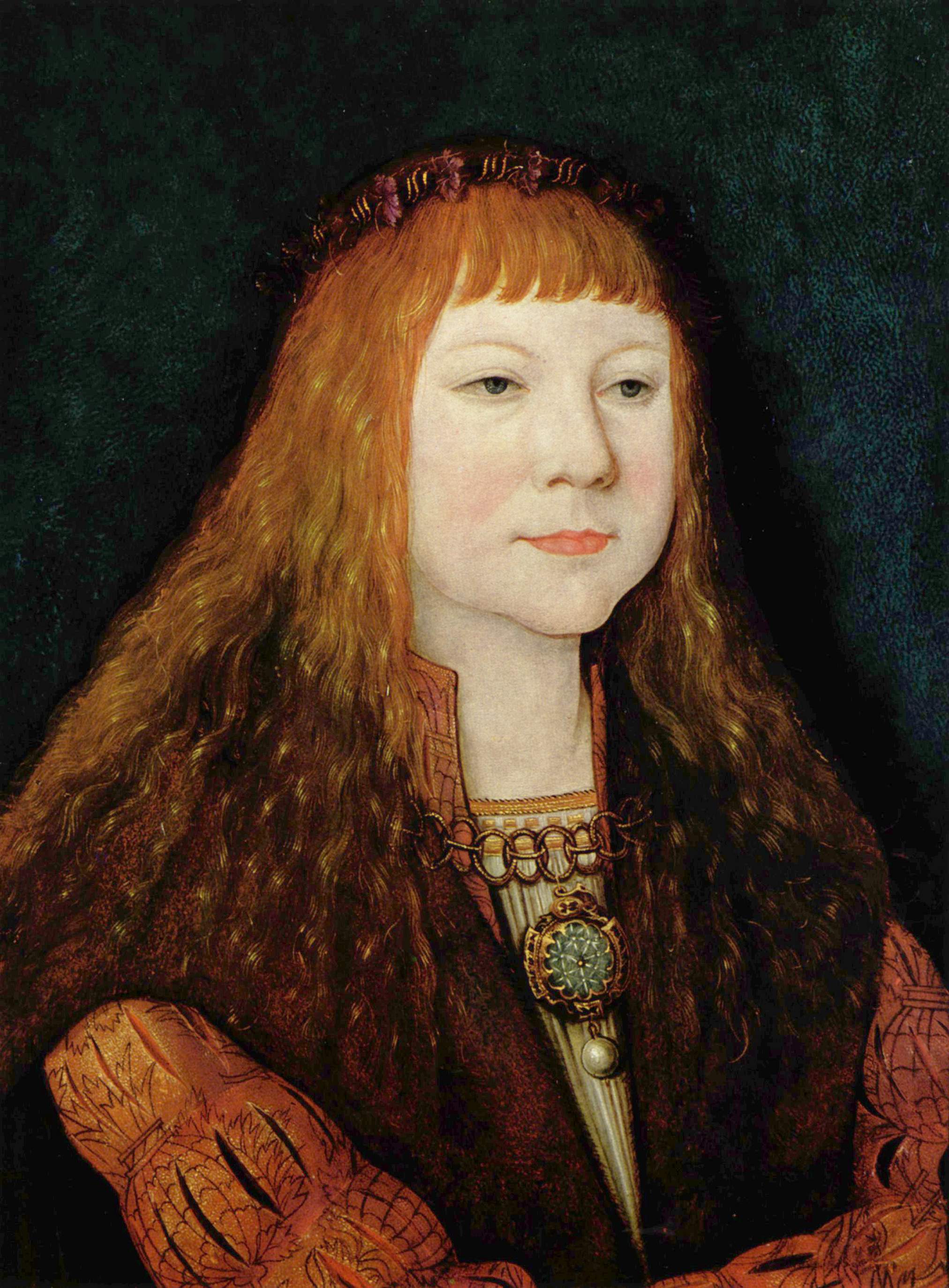|
Siege Of Vienna (1529)
The siege of Vienna, in 1529, was the first attempt by the Ottoman Empire to capture the city of Vienna in the Archduchy of Austria, part of the Holy Roman Empire. Suleiman the Magnificent, sultan of the Ottomans, attacked the city with over 100,000 men, while the defenders, led by Nicholas, Count of Salm, Niklas Graf Salm, numbered no more than 21,000. Nevertheless, Vienna was able to survive the siege, which ultimately lasted just over two weeks, from 27 September to 15 October 1529. The siege came in the aftermath of the 1526 Battle of Mohács, which had resulted in the death of Louis II of Hungary, Louis II, King of Hungary, and the descent of the kingdom into civil war. Following Louis' death, rival factions within Hungary selected two successors: Ferdinand I, Holy Roman Emperor, Archduke Ferdinand I of Austria, supported by the House of Habsburg, and John Zápolya. Zápolya would eventually seek aid from, and become a vassal of the Ottoman Empire, after Ferdinand began ... [...More Info...] [...Related Items...] OR: [Wikipedia] [Google] [Baidu] |
Habsburg–Ottoman Wars In Hungary (1526–1568)
The Habsburg monarchy and the Ottoman Empire waged a series of wars on the territory of the Kingdom of Hungary and several adjacent lands in Southeastern Europe from 1526 to 1568. The Habsburgs and the Ottomans engaged in a series of military campaigns against one another in Hungary between 1526 and 1568. While overall the Ottomans had the upper hand, the war failed to produce any decisive result. The Ottoman army remained very powerful in the open field but it often lost a significant amount of time besieging the many fortresses of the Hungarian frontier and its communication lines were now dangerously overstretched. At the end of the conflict, Hungary had been split into several different zones of control, between the Ottomans, Habsburgs, and Transylvania, nominally Ottoman vassal state. The simultaneous war of succession between Habsburg-controlled western "Royal Hungary" and the Zápolya-ruled pro-Ottoman "Eastern Hungarian Kingdom" is known as the Little War in Hungary. 15 ... [...More Info...] [...Related Items...] OR: [Wikipedia] [Google] [Baidu] |
Suleiman The Magnificent
Suleiman I (; , ; 6 November 14946 September 1566), commonly known as Suleiman the Magnificent in the Western world and as Suleiman the Lawgiver () in his own realm, was the List of sultans of the Ottoman Empire, Ottoman sultan between 1520 and his death in 1566. Under his administration, the Ottoman Empire ruled over at least 25 million people. After succeeding his father Selim I on 30 September 1520, Suleiman began his reign by launching military campaigns against the Christendom, Christian powers of Central and Eastern Europe and the Mediterranean; Siege of Belgrade (1521), Belgrade fell to him in 1521 and Siege of Rhodes (1522), Rhodes in 1522–1523, and at Battle of Mohács, Mohács in 1526, Suleiman broke the strength of the Kingdom of Hungary in the Middle Ages, Kingdom of Hungary. Presiding over the apex of the Ottoman Empire's economic, military, and political strength, Suleiman rose to become a prominent monarch of 16th-century Europe, as he personally led Arm ... [...More Info...] [...Related Items...] OR: [Wikipedia] [Google] [Baidu] |
Encyclopaedia Britannica
An encyclopedia is a reference work or compendium providing summaries of knowledge, either general or special, in a particular field or discipline. Encyclopedias are divided into article (publishing), articles or entries that are arranged Alphabetical order, alphabetically by article name or by thematic categories, or else are hyperlinked and searchable. Encyclopedia entries are longer and more detailed than those in most dictionary, dictionaries. Generally speaking, encyclopedia articles focus on ''factual information'' concerning the subject named in the article's title; this is unlike dictionary entries, which focus on Linguistics, linguistic information about words, such as their etymology, meaning, pronunciation, use, and grammar, grammatical forms.Béjoint, Henri (2000)''Modern Lexicography'', pp. 30–31. Oxford University Press. Encyclopedias have existed for around 2,000 years and have evolved considerably during that time as regards language (written in a major inte ... [...More Info...] [...Related Items...] OR: [Wikipedia] [Google] [Baidu] |
Battle Of Vienna
The Battle of Vienna took place at Kahlenberg Mountain near Vienna on 1683 after the city had been besieged by the Ottoman Empire for two months. The battle was fought by the Holy Roman Empire (led by the Habsburg monarchy) and the Polish–Lithuanian Commonwealth, both under the command of King John III Sobieski, against the Ottomans and their vassal and tributary states. The battle marked the first time the Commonwealth and the Holy Roman Empire had cooperated militarily against the Ottomans. The defeat was a turning point for Ottoman expansion into Europe, after which they would gain no further ground. In the ensuing war that lasted until 1699, the Ottomans would cede most of Ottoman Hungary to Leopold I, Holy Roman Emperor. The battle was won by the combined forces of the Holy Roman Empire and the Polish–Lithuanian Commonwealth, the latter represented only by the forces of the Crown of the Kingdom of Poland (the march of the Lithuanian army was delayed, and they reached ... [...More Info...] [...Related Items...] OR: [Wikipedia] [Google] [Baidu] |
Royal Hungary
Royal may refer to: People * Royal (name), a list of people with either the surname or given name * A member of a royal family or royalty Places United States * Royal, Arkansas, an unincorporated community * Royal, Illinois, a village * Royal, Iowa, a city * Royal, Missouri, an unincorporated community * Royal, Nebraska, a village * Royal, Franklin County, North Carolina, an unincorporated area * Royal, Utah, a ghost town * Royal, West Virginia, an unincorporated community * Royal Gorge, on the Arkansas River in Colorado * Royal Township (other) Elsewhere * Mount Royal, a hill in Montreal, Canada * Royal Canal, Dublin, Ireland * Royal National Park, New South Wales, Australia Arts, entertainment, and media * ''Royal'' (Jesse Royal album), 2021 * Royal (Ayo album), 2020 * '' The Royal'', a British medical drama television series * '' The Royal Magazine'', a monthly British literary magazine published between 1898 and 1939 * '' The Raja Saab'', working tit ... [...More Info...] [...Related Items...] OR: [Wikipedia] [Google] [Baidu] |
Buda
Buda (, ) is the part of Budapest, the capital city of Hungary, that lies on the western bank of the Danube. Historically, “Buda” referred only to the royal walled city on Castle Hill (), which was constructed by Béla IV between 1247 and 1249 and subsequently served as the capital of the Kingdom of Hungary from 1361 to 1873. In 1873, Buda was administratively unified with Pest, Hungary, Pest and Óbuda to form modern Budapest. Royal Buda is called the ''Castle Quarter (Budapest), Várnegyed'' () today, while “Buda” ''pars pro toto'' denotes Budapest’s I., II., III., XI., XII. and XXII. districts. This colloquial definition thus includes medieval Óbuda and amounts to a third of the city’s total area, much of it forested. Buda's landmarks include the Royal Palace (Budapest), Royal Palace, Matthias Church, the Citadella, Gellért Baths, the Buda Hills, the Carmelite Monastery of Buda, and the residence of the President of Hungary, Sándor Palace. Etymology Accord ... [...More Info...] [...Related Items...] OR: [Wikipedia] [Google] [Baidu] |
Vassal
A vassal or liege subject is a person regarded as having a mutual obligation to a lord or monarch, in the context of the feudal system in medieval Europe. While the subordinate party is called a vassal, the dominant party is called a suzerain. The rights and obligations of a vassal are called vassalage, while the rights and obligations of a suzerain are called suzerainty. The obligations of a vassal often included military support by knights in exchange for certain privileges, usually including land held as a tenant or fief. The term is also applied to similar arrangements in other feudal societies. In contrast, fealty (''fidelitas'') was sworn, unconditional loyalty to a monarch. European vassalage In fully developed vassalage, the lord and the vassal would take part in a commendation ceremony composed of two parts, the Homage (feudal), homage and the fealty, including the use of Christian sacraments to show its sacred importance. According to Eginhard's brief description, ... [...More Info...] [...Related Items...] OR: [Wikipedia] [Google] [Baidu] |
John Zápolya
John Zápolya or Szapolyai (; ; ; ; 1487 – 22 July 1540), was King of Hungary (as John I) from 1526 to 1540. His rule was disputed by Archduke Ferdinand I, Holy Roman Emperor, Ferdinand I, who also claimed the title King of Hungary. He was Voivode of Transylvania before his coronation, from 1510 to 1526. John came from a prominent Croatian-Slavonian noble family. His father became one of Hungary's wealthiest lords and served as Palatine of Hungary. During the Peasants' Revolt of 1514 led by György Dózsa, John gained influence through his military campaigns and by crushing the revolt, which bolstered his authority and earned him the title of "liberator of the realm." However, his power declined after his sister Barbara Zápolya, Barbara's death in 1515. And in 1528, he fled to Kingdom of Poland (1385-1569), Poland, later aligning with the Ottoman Empire, Ottomans, leading Hungary to become an Ottoman Hungary, Ottoman vassal state. Rise of the Szápolya family John was ... [...More Info...] [...Related Items...] OR: [Wikipedia] [Google] [Baidu] |
House Of Habsburg
The House of Habsburg (; ), also known as the House of Austria, was one of the most powerful Dynasty, dynasties in the history of Europe and Western civilization. They were best known for their inbreeding and for ruling vast realms throughout Europe during the Middle Ages and early modern period, including the Holy Roman Empire and Habsburg Spain, Spain. The house takes its name from Habsburg Castle, a fortress built in the 1020s in present-day Switzerland by Radbot of Klettgau, who named his fortress Habsburg. His grandson Otto II, Count of Habsburg, Otto II was the first to take the fortress name as his own, adding "Count of Habsburg" to his title. In 1273, Count Radbot's seventh-generation descendant, Rudolph I of Germany, Rudolph, was elected King of the Romans. Taking advantage of the extinction of the Babenbergs and of his victory over Ottokar II of Bohemia at the Battle on the Marchfeld in 1278, he appointed his sons as Dukes of Austria and moved the family's power base ... [...More Info...] [...Related Items...] OR: [Wikipedia] [Google] [Baidu] |
Ferdinand I, Holy Roman Emperor
Ferdinand I (10 March 1503 – 25 July 1564) was Holy Roman Emperor from 1556, King of Bohemia, King of Hungary, Hungary, and List of rulers of Croatia, Croatia from 1526, and Archduke of Austria from 1521 until his death in 1564.Milan Kruhek: Cetin, grad izbornog sabora Kraljevine Hrvatske 1527, Karlovačka Županija, 1997, Karslovac Before his accession as emperor, he ruled the Erblande, Austrian hereditary lands of the House of Habsburg in the name of his elder brother, Charles V, Holy Roman Emperor. Also, he often served as Charles' representative in the Holy Roman Empire and developed encouraging relationships with German princes. In addition, Ferdinand also developed valuable relationships with the German banking house of Jakob Fugger and the Catalan bank, Banca Palenzuela Levi Kahana. The key events during his reign were the conflict with the Ottoman Empire, which in the 1520s began a great advance into Central Europe, and the Protestant Reformation, which resulted in s ... [...More Info...] [...Related Items...] OR: [Wikipedia] [Google] [Baidu] |
King Of Hungary
The King of Hungary () was the Monarchy, ruling head of state of the Kingdom of Hungary from 1000 (or 1001) to 1918. The style of title "Apostolic King of Hungary" (''Magyarország apostoli királya'') was endorsed by Pope Clement XIII in 1758 and used afterwards by all monarchs of Hungary. The term "King of Hungary" is typically capitalized only as a title applied to a specific person; however, within this article, the terms "Kings of Hungary" or "Junior Kings" (etc.) are also shown in capital letters, as in the manner of philosophical writing which capitalizes concepts such as Truth, Kindness and Beauty. Establishment of the title Before 1000 AD, Hungary was not yet recognized as a kingdom by the Pope and the List of rulers of Hungary, ruler of Hungary was styled Grand Prince of the Hungarians. The first King of Hungary, Stephen I of Hungary, Stephen I. was crowned on 25 December 1000 (or 1 January 1001 in the proleptic calendar) with the crown Pope ... [...More Info...] [...Related Items...] OR: [Wikipedia] [Google] [Baidu] |
Louis II Of Hungary
Louis II (; ; ; ; 1 July 1506 – 29 August 1526) was King of Hungary, King of Croatia, Croatia and King of Bohemia, Bohemia from 1516 to 1526. He died during the Battle of Mohács fighting the Ottoman Empire, Ottomans, whose victory led to the Ottoman Ottoman Hungary, annexation of large parts of Hungary. Early life At his premature birth in Buda on 1 July 1506, the court doctors kept him alive by slaying animals and wrapping him in their warm carcasses as a primitive incubator. He was the only son of Vladislaus II of Hungary, Vladislaus II Jagiellon dynasty, Jagiellon and his third wife, Anne of Foix-Candale. Coronation Vladislaus II took steps to ensure a smooth succession by arranging for the boy to be crowned in his own lifetime; the coronation of Louis as king of Hungary took place on 4 June 1508 in Székesfehérvár Basilica, and his coronation as king of Bohemia was held on 11 March 1509 in St. Vitus Cathedral in Prague. King of Hungary and Croatia In 1515 Louis II w ... [...More Info...] [...Related Items...] OR: [Wikipedia] [Google] [Baidu] |









